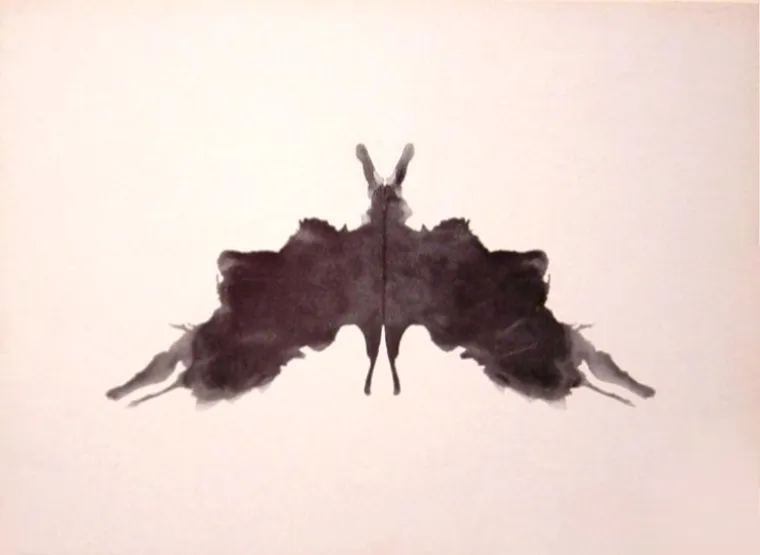Hermann Rorschach’s Artistic Obsession Led to His Famous Test
Rorschach’s high school nickname was “Kleck,” which means “inkblot” in German
/https://tf-cmsv2-smithsonianmag-media.s3.amazonaws.com/filer/5f/ac/5fac8899-fedf-444b-af3c-a395d5e3ef1b/rorschach_blot_10.jpg)
If things had been a bit different, Hermann Rorschach, born on this day in 1884, might have become an artist, rather than a psychologist.
Instead, he came up with a famous, if now discredited, psychological test. The inkblot test that bears his name is a well-known pop culture trope. Rorschach inkblots are now iconic images of psychiatry–a little bit art and a little bit science, just like Rorschach himself.
In fact, as a high school student, Rorschach was even nicknamed Kleck, which means “inkblot” in German, writes Encyclopedia Britannica. The nickname related to his adolescent fascination with Klecksography, a Swiss game of making pictures from inkblots, writes Ilia Blinderman for Open Culture. After finishing his secondary education, Rorschach wandered for a while before choosing medicine over art as a career. He earned his M.D. in 1912, writes the encyclopedia, and went on to practice in Switzerland in the emerging field of psychoanalysis. Then in 1917, he started the work that would represent his own addition to the field and unite his youthful interest with his adult career.
Psychology’s interest in inkblots and imagery association didn’t start with Rorschach, however, writes Blinderman:
In 1857, a German doctor named Justinus Kerner published a book of poetry, with each poem inspired by an accompanying inkblot. Alfred Binet, the father of intelligence testing, also tinkered with inkblots at the outset of the 20th century, seeing them as a potential measure of creativity. While stating that Rorschach was familiar with these particular ink blotches reaches no further than educated conjecture, we know that he was familiar with the work of Szyman Hens, an early psychologist who explored his patients’ fantasies using inkblots, as well as Carl Jung’s practice of having his patients engage in word-association.
But Rorschach took inkblots farther in the world of psychoanalysis. Damion Searls told NPR’s Robert Siegel that the psychologist was initially interested in inkblots as a “perception experiment” rather than a formalized test. The inkblots were, “just a way to study how people see things,” he explained. “And then he started realizing that people with different kinds of personalities were seeing things differently and that he could use these images as a real test.”

While this might seem far-fetched to detractors of, say, the abstract art that Rorschach blots resemble, the test has its uses, writes psychologist Mike Drayton for the BBC. “By asking the person to tell you what they see in the inkblot, they are actually telling you about themselves, and how they project meaning on to the real world,” he writes. In and of themselves, however, the inkblots are just abstract images, no more.
This impreciseness and lack of quantitative data has led many in the psychological community to reject the Rorschach test and its uses, writes Damon Searles for The Guardian, but still, the test persists. Unlike other tests, nobody understands why the 10 cards that are part of a standard Rorschach test can "produce such rich responses in the first place." That's the basic reason for psychologists' mistrust. However, the test continues to show something about people and how they perceive the world that other tests do not. Although properly administering a Rorschach test is a technical affair, intuitively understanding its results comes easily even to laypeople. That might be why the blots are psychology’s most recognizable symbol, writes Joseph Bien-Kahn for Vice: ”The mystique of Rorschach’s blots has somehow weathered a century of controversy and two decades of exposure.”